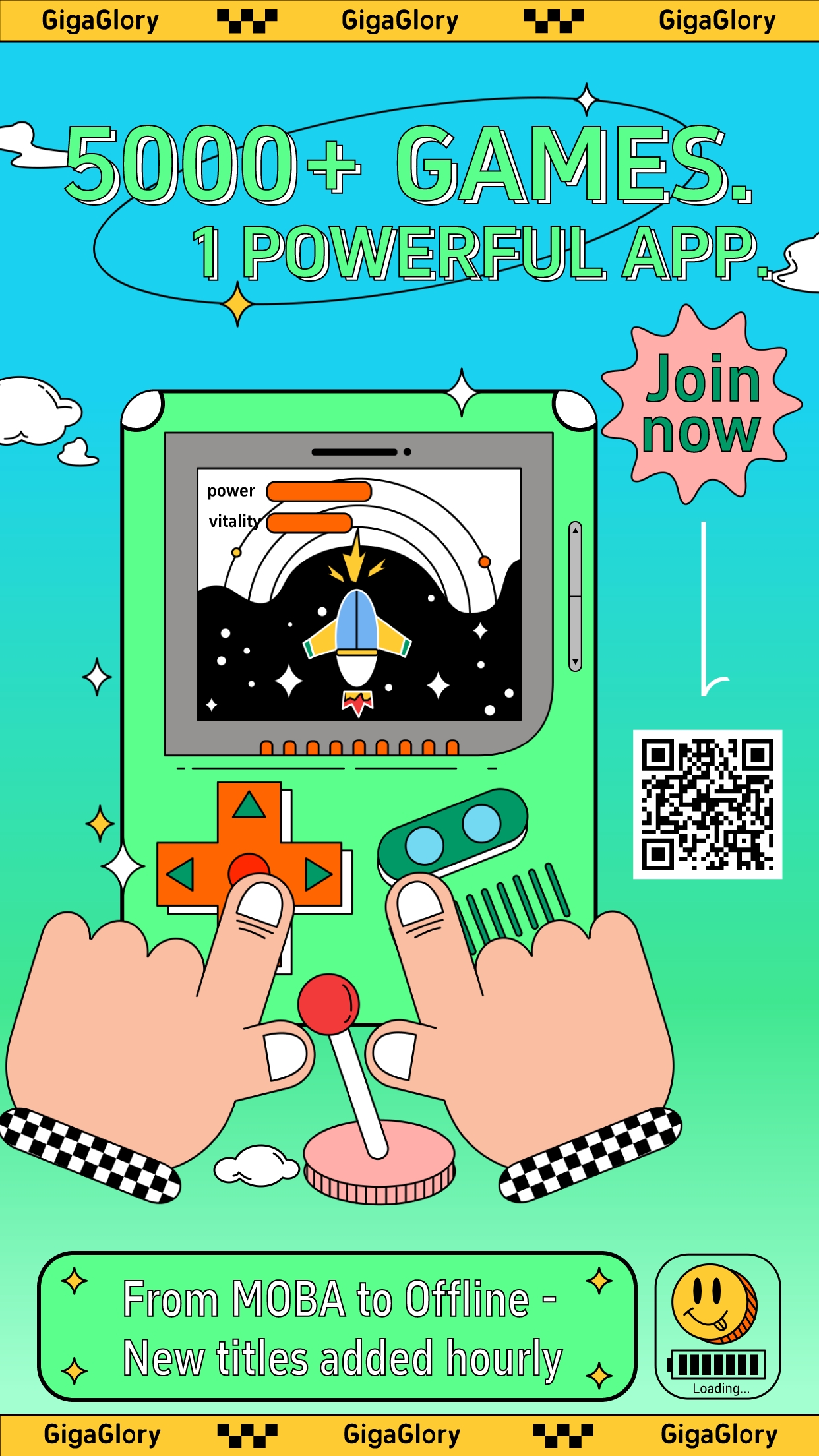In the vibrant landscape of today’s mobile gaming, where the competition for attention spans grows fiercer every day, creative games continue to carve out unique space. What sets hyper casual games apart? How is a game like the popular “ASMR simulator free game" catching fire even as players are spoilt for choice? Let’s dissect what's driving this trend, and how titles as unexpected as a LEGO-themed “Star Wars: The Last Jedi" adaptation manage to make their mark on a diverse mobile market like Colombo, Sri Lanka.
A Genre That’s Light Yet Addictive
It may seem contradictory—how something as low-commitment as a hyper casual game can grip millions of users worldwide. But that's precisely its magic. Games don’t require you to memorize complex rule books, they skip long loading times, and most importantly, fit seamlessly into your daily scroll sessions.
Beneath their deceptively simple surface lie layers of thoughtful UX, micro-rewards systems, — often tied with viral potential or challenge-based playstyles.
| Category | Download | Revenue (USD Mil.) | New User Acqusition Costs |
|---|---|---|---|
| Hyper-Casual | ↑58% | $321mil → $614milln | ↔ flat (~$0.73 per click) |
| Casino & Poker Apps | ↗34%↑ | $2Bn ➜ $3+ BN 💰💰🤑📈 | ↑ Rising Fast ($3+) |
- No need to create an account;
- Makes use of quick dopamine hits;
- via animations
- dramatic sounds (e.g., glass breaking!)
>< This design keeps players coming back!
Finding Flow with Creative Control: Sensory Experiences in Mobile Gaming
If "hyper-casual" is all about instant engagement without commitment, think of ASMR-integrated gameplay as another layer of immersive experience aimed less at winning, and instead, relaxing.
We're not talking only about tingly scalp-pleasure anymore. These games now offer visual calm combined with subtle yet impactful soundtracks, designed for those looking to de-stress — whether on commute, lunchbreak, waiting for a friend... you name it. It’s become surprisingly effective for reducing anxiety and mild cognitive fatigue during long study breaks.
- Distracts mind gently without overwhelming it;
- Offers tactile pleasure while staying hands-free (perfect in portrait orientation 👆➡👇🔄)
- Vibrations synced with device sensors enhance effect dramatically when playing via modern Android devices.
Treading New Ground: Thematic Depth Beyond Simplicity
What might surprise newbies in the realm is: hypercasual isn’t just about cookie cutter swipe taps and flappy-bird re-mixes (we’ve seen dozens!). The newer batch plays around heavily with IP branding, cinematic worlds, narrative hints—even nostalgia-driven hooks like LEGO Star Wars series do well with parents and millennials equally.
- Title: LEGO® STAR WARS™: The Last JEDI (Available also on PS4, originally developed for consoles, later adapted to smaller touchscreens)
- Pottery Studio Games – mimics clay-making using finger drags;
- Eco-Sim Builders: Think farmville with added compost bins & recycling challenges 🌎🗑
Why Would a “Free" Title Go Viral In South Asia Especially?
Social trends indicate people spend longer on social media platforms compared to North Americas. Also: app store optimization isn't quite robust enough here so viral marketing works faster and easier here than traditional advertising methods. Even better if the game itself is short enough (~5 seconds average session = best chance!) because mobile plans tend to run limited bandwidth packages, particularly prepaid ones typical here in parts such as southsirilankha / Colom-bo
| Date Range / Event Trigger | Title Popularity Peak | # Downloads (Est.) |
|---|---|---|
| Feb-Apr 2023 (CNY & Cricket Matches) | "Charming Cleaning Girl - Stress Buster" | +3 million 🥶🧹✨🔥🔥💥 |
Monetization Made Clever – Or Devious?
Rarely would one expect to pay actual dollars (especially US currency!) to unlock a level involving popping soap bubbles or organizing candies. Instead of making players shell actual rupees for features, clever hyper-casual developers have embedded advertisements as interactive experiences, sometimes gamified within levels!
Ad Integration Methods Inside Most Hyper Casual Titles
- Interstial ads shown after 3 successful plays
- Watch-and-Reward: Offer bonus points by sitting through an advertiser clip (typically skincare product samples / phone hardware)
- In-game shop offering ad-skippable tokens or energy refills, purchasable in exchange watching 3–7sec mini-ads
Note however that this creates a feedback loop. If too many intrusive banners appear frequently – it harms user experience quickly. The art lies in striking delicate distribution balances between revenue generation vs player fatigue. Some companies already experimenting w/ tiered freemium model (premium no-ad pass for ~2$/week/month).
The Power Play of Microgaming Publishers
In stark contrast to billion budget studios launching AAA epics once per year, small independent teams can release several new apps within weeks—and rapidly iterate from failures and feedback loops.
- Low development cost,
- Near-immediate testing cycle post-release
- Data analysis used immediately upon initial installs to decide retention viability
If the game flops within days, the title is either discarded OR re-themed completely and re-released elsewhere as ‘new’ game under different studio branding![Source]



